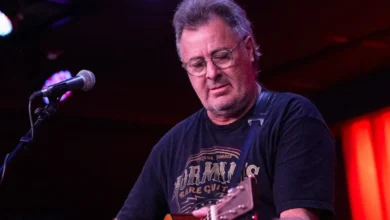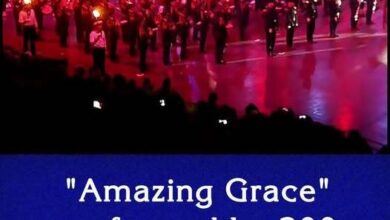Ben Haggard: A Son’s Musical Homage to His Father’s Faith
Ben Haggard, son of the legendary country singer Merle Haggard, has taken on the mantle of preserving his father’s legacy, particularly through his YouTube channel. On this platform, Ben shares a series of intimate, personal performances, showcasing his own talents while keeping his father’s memory alive. Among these performances, his rendition of the classic hymn “Where No One Stands Alone” stands out. Performed with heartfelt simplicity, seated with just his guitar, Ben’s version is a testament to the timeless appeal of country music in its most authentic form.
“Where No One Stands Alone” has a rich history that dates back to the 1950s. The hymn was penned by Thomas Mosie Lister, a renowned hymn writer, who focused on the emptiness of life without the presence of Jesus. Lister’s profound contributions to gospel music were recognized with his induction into the Gospel Music Hall of Fame in 1976 and the Southern Gospel Music Association in 1997. His work has left an indelible mark on the genre, influencing generations of musicians.
The hymn’s journey into the limelight began with its first commercial recording by the Statesmen Quartet in 1955. This initial rendition paved the way for other Southern Gospel groups to embrace the song, including the Blackwood Bros. Quartet in 1956, The Jordanaires in 1959, and the Cathedral Quartet in 1966. Each of these groups brought their unique style to the hymn, enriching its legacy and expanding its reach across the gospel music spectrum.
The hymn’s appeal wasn’t confined to the gospel genre; it also captivated mainstream country artists, who incorporated it into their albums. This cross-genre admiration saw renditions by Don Gibson in 1958, Loretta Lynn in 1965, and a collaboration between Elvis Presley, The Jordanaires, and The Imperials Quartet in 1967. Ferlin Husky followed in 1968, Merle Haggard himself in 1981, and Alison Krauss with The Cox Family in 1994. These interpretations by country music luminaries further cemented the hymn’s status as a beloved classic, bridging the gap between gospel and country music.





